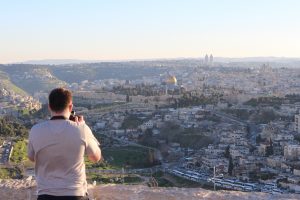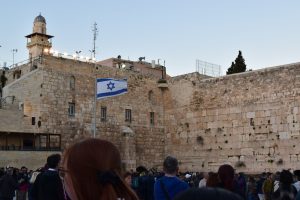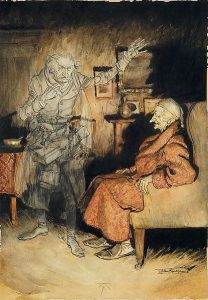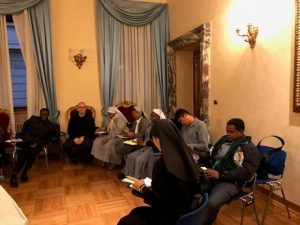Israel Reflections 2019: Let’s Do This!
Hi blogosphere–it is my pleasure to start us off with blogging about this year’s spring break trip. We had 40, yes 40!, law students on this trip with four faculty. And it was a great group.
Per usual, we started off on Friday night with a lookout over Jerusalem where we all celebrated our safe and easy arrival.
 Then we visited the Western Wall to see the prayers at Shabbat. This can be both beautiful and unsettling, as men and women are separated. And, as we had arrived on International Women’s Day, the difference was even more notable.
Then we visited the Western Wall to see the prayers at Shabbat. This can be both beautiful and unsettling, as men and women are separated. And, as we had arrived on International Women’s Day, the difference was even more notable.
As student Madison Mears noted, “The [smaller] women’s side was crowded and silent; the only noise filling the women’s area came from the prayers, songs, and chants of the men from the other side of the fence…To experience that dichotomy of expression and repression, left me walking away with more questions…” This impact of religion and gender continued to be a theme throughout the week as was the fact that we often left with more questions than when we came.
 Student Micaela Bear also noted how the separation of the sexes led to questions by her classmates but also wrote, “As a Jewish student at a Jesuit law school, it was hard to fathom that my cohorts of different religions would feel such a special connection to a Jewish holy site. It filled my hear with warmth to experience the start of Shabbos with Jews of all denominations, but also to share this experience with my classmates.”
Student Micaela Bear also noted how the separation of the sexes led to questions by her classmates but also wrote, “As a Jewish student at a Jesuit law school, it was hard to fathom that my cohorts of different religions would feel such a special connection to a Jewish holy site. It filled my hear with warmth to experience the start of Shabbos with Jews of all denominations, but also to share this experience with my classmates.”
I felt the same way–what a privilege to be able to share a place I love with a new group of students!
Cross-posted at Indisputably.org


